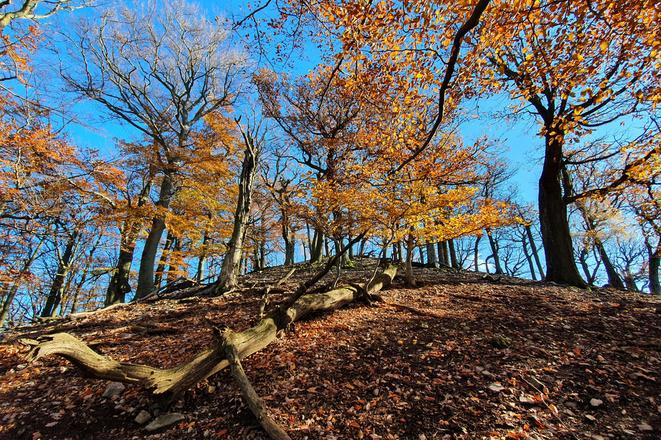Anyone hiking up Zámok hill near the villages of Kuchyňa and Rohožník in the Small Carpathian mountain range might be forgiven for thinking they had stepped into a scene from The Lord of the Rings.
Old oaks, with trunks twisted into bizarre shapes, some already dead while their fallen branches lie decaying on the ground, mingle with younger trees, creating the impression of walking through a magical forest.
Zámok is one of 76 primeval forests in Slovakia which as of December 1, 2021, will be given level 5 – the highest – environmental protection.
“Primeval forests are a bit like Noah’s Arks – islands of original biodiversity surrounded by a sea of forests more or less affected by man,” Marián Jasík, a conservation expert from the non-profit organisation OZ Prales, told The Slovak Spectator. “Each one deserves our protection.”
“Now, as much as 95 percent of primeval forests are protected in Slovakia,” added Jasík. “However, our goal is not only the protection of these forests, but their subsequent meaningful use for research and sustainable tourism.”
Inaccessibility has helped survival
Approximately 40 percent of Slovakia’s territory is forests, making it one of the most forested countries in Europe.
But for decades, conservationists have raised concerns over threats to forests from logging and other human activities.
Jasík says primeval forests have survived in Slovakia more because of their inaccessibility than any specific protection they have been afforded.



 The primeval forest on the Zámok hill. (source: Jana Liptáková)
The primeval forest on the Zámok hill. (source: Jana Liptáková)